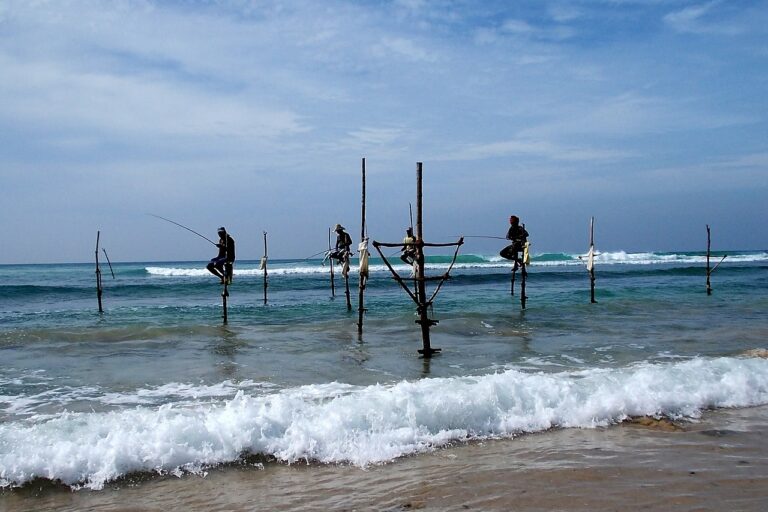IPL and Indigenous Cricket Talent Development Programs
Crickbet99, Sky247 Login: Cricket holds a significant place in Indigenous communities, acting as a sport that not only promotes physical well-being but also fosters a sense of unity and cultural pride. However, access to quality cricket talent development programs has often been limited in these communities, hindering the full potential of aspiring Indigenous cricketers. By implementing tailored programs that cater to the specific needs and challenges faced by Indigenous individuals, the cricketing ecosystem can not only nurture talent but also empower communities through sport.
Investing in cricket talent development programs in Indigenous communities goes beyond just honing sporting skills; it is a means of promoting social inclusion, enhancing mental resilience, and providing pathways for professional opportunities. These programs play a crucial role in creating a supportive environment where Indigenous cricketers can thrive and showcase their abilities on a larger platform. Ultimately, by recognizing and prioritizing the importance of such programs, the cricketing landscape can become more diverse, inclusive, and reflective of the rich talent present in Indigenous communities.
Challenges Faced by Indigenous Cricketers in Accessing Professional Opportunities
Indigenous cricketers often encounter significant hurdles when striving to access professional opportunities within the sport. One of the primary challenges they face is the lack of exposure and recognition compared to their non-Indigenous counterparts. This can lead to limited access to training programs, scouts, and pathways that could propel their careers forward.
Moreover, the geographical isolation of many Indigenous communities poses a significant barrier to accessing professional cricket opportunities. The remote locations where many Indigenous cricketers reside can make it challenging to participate in high-level competitions, receive coaching, and showcase their talents to selectors and recruiters. This isolation can result in talented individuals being overlooked and unable to break into the professional cricketing world.
Successful Case Studies of Indigenous Cricket Talent Development Programs
Cricket has long been an integral part of the Australian sporting landscape, and the need for talent development programs in indigenous communities has been recognized as a vital step towards nurturing the potential of young cricketers. One successful case study that stands out is the Deadly Cricket program, which was established in partnership with local indigenous communities to provide coaching, equipment, and opportunities for aspiring indigenous cricketers. Through this program, many talented individuals have been able to showcase their skills and progress towards higher levels of competitive cricket.
Another notable success story is the Red Dust Heelers cricket program, which focuses on engaging indigenous youth with disability in the sport. By providing tailored coaching and support, this program has opened up pathways for participation in cricket, fostering a sense of belonging and empowerment for its participants. The Red Dust Heelers cricket program stands as a shining example of how targeted initiatives can break down barriers and create inclusive opportunities for indigenous individuals to thrive in the world of cricket.
Why are cricket talent development programs important in Indigenous communities?
Cricket talent development programs provide opportunities for Indigenous youth to showcase their skills, pursue their passion for the sport, and potentially access professional opportunities.
What are some challenges faced by Indigenous cricketers in accessing professional opportunities?
Indigenous cricketers often face barriers such as lack of resources, limited exposure to high-level competition, and systemic racism within the cricketing community.
Can you provide examples of successful case studies of Indigenous cricket talent development programs?
Yes, some successful case studies include programs like the National Indigenous Cricket Championships, the Deadly Cricket program in Australia, and the West Indies Players’ Association’s support of Indigenous talent in the Caribbean.







